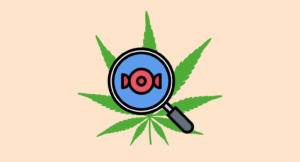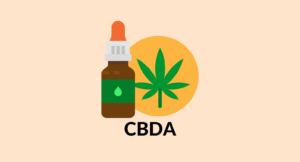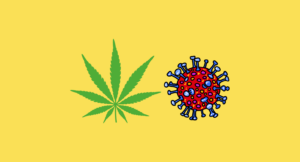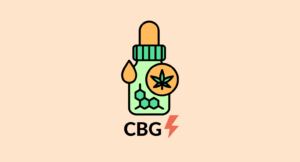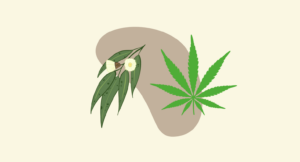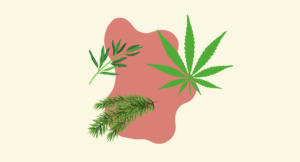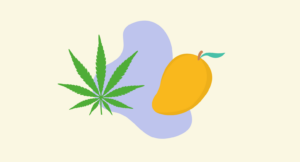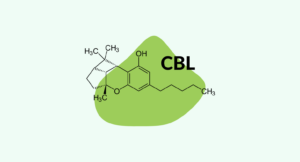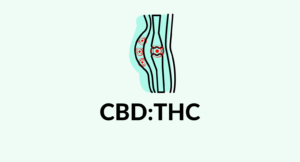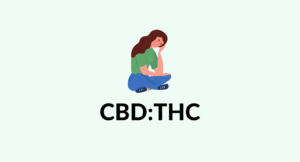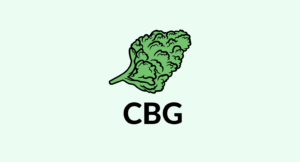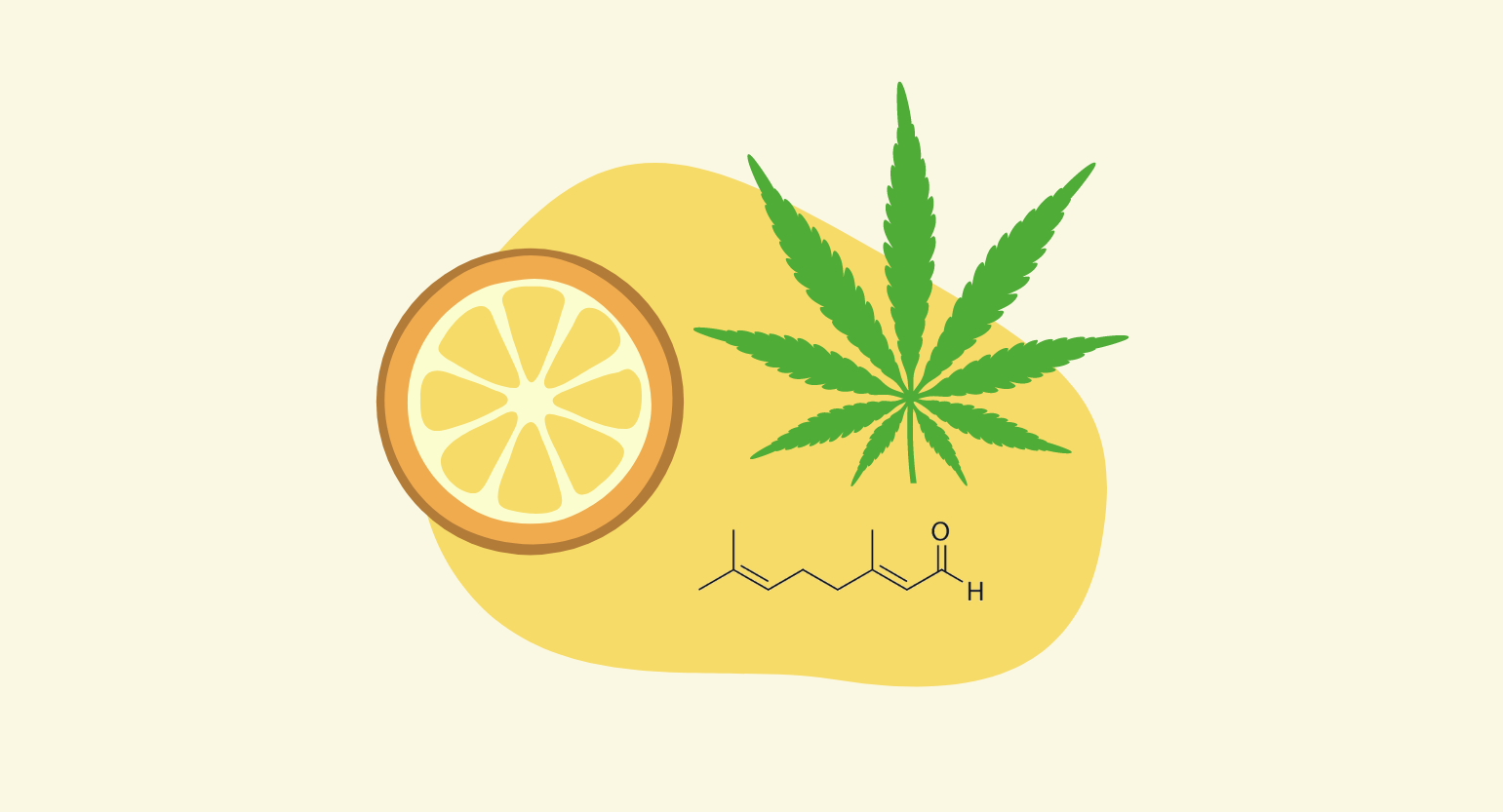
What is Citral? Cannabis Terpene Analysis
What is citral? What is citral used for? Where is citral found? How common is citral in cannabis? Is citral safe? Here, we’ll answer these questions and more.
Whether you’re a casual cannabis user or looking to derive its healing properties, understanding terpenes and what they do is important.
Each has specific properties and benefits and will affect your experience with cannabis and cannabis-derived products — including citral, one of the minor terpenes present in the cannabis plant.
Citral interacts with various neuroendocrine, endocrine, and endocannabinoid systems, which are involved in keeping your body balanced.
In this article, we’ll explore citral in depth. You’ll learn what it is, what its effects and aroma are, where it can be found, and some of its traditional uses.

What Is Citral?
You can find loads of terpenes and cannabinoids in cannabis. Citral, also known as lemarome or lemonal, is one out of hundreds of terpenes.
Citral is a secondary terpene in cannabis, meaning that it’s present only in small amounts. Additionally, it’s a pair or mixture of two isomers: geranial and neral.
Some of the most common citral uses are in the health and beauty industries, namely to make lotions, cosmetics, and soap. It can also be used in cleaning products due to its pleasant aroma and antimicrobial properties.
Plants, fruits, and spices containing citral have been used in alternative medicine for hundreds if not thousands of years. Some known citral medicinal uses include being an antioxidant, antimicrobial, antifungal, muscle-relaxing, and calming agent [1].
When added to food or beverages, this terpene brings a sweet lemony flavor to the table while acting as a food preservative due to its antioxidant properties.
Citral Specs:
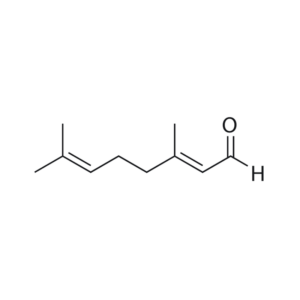
- Type of Terpene: Monoterpene (Acyclic)
- Molecular Formula: C10H16O
- Molecular Weight: 152.23
- Solubility: Insoluble in water
- Boiling Point: 444 ºF (229 ºC)
- IUPAC Name: 3,7-dimethylocta-2,6-dienal
- Cannabis Strains: Agent Orange, Chernobyl, Citral Flo, Citral Flow Bx1, Citral Glue, Lemon Skunk, GRiZ Kush, Congo, Violeta, and Wedding Cake, Citral Skunk
What Does Citral Smell Like?
The citral fragrance is simple to describe: it smells like lemon, plain and simple.
For this reason, it’s commonly used in perfumery and as a natural flavoring agent — it’s even used to impart lemon aroma and flavor to CBD products naturally.
What Are the Effects of Citral?
Recently, the interest in natural compounds, such as citral, has been revived.
Researchers are now looking into molecules that have been used in holistic medicine for hundreds or thousands of years and either confirming their beneficial properties or exploring new ones.
In 2021 alone, there were dozens of studies involving citral essential oil or the essential oils of plants containing this terpene — most commonly, lemongrass oil.
In this section, we’ll give you a breakdown of the known citral uses and benefits backed by research.
1. Antioxidant Effects of Citral
In 2006, researchers decided to evaluate citral’s antioxidant activity against nickel chloride. They concluded that this terpene has antioxidant properties and significantly inhibited the oxidative damage produced by this substance [2].
2. Antimicrobial, Antibacterial, & Antifungal Effects of Citral
Just like most terpenes, citral has antimicrobial, antibacterial, and antifungal properties, and there are plenty of studies proving this.
A 2010 study proved its effectiveness at inactivating Escherichia coli BJ4 bacteria via cell envelope damage [3].
Another 2010 study went further and studied citral’s antibacterial, antimicrobial, and antifungal activity against a range of microorganisms.
The results were positive for all tests, and researchers even concluded that this terpene is more effective than a few commercial antibiotics against certain types of bacteria [4].
Later, in 2016, another study was carried out to assess citral’s antimicrobial activity against Cronobacter sakazakii, a food-borne pathogen that can cause severe illness or even death among neonates and infants.
It was concluded that citral does have antimicrobial activity against this pathogen by damaging its cell membranes [5].
Related: What We Know About CBD Oil & Antibiotic Resistance.
3. Muscle Relaxing Agent
Another one of citral’s medicinal uses is acting as a muscle relaxant — a 2002 research study concluded that high doses (200 mg/Kg) of citral could produce this effect [6].
4. Sleep-Inducing Agent
The same study that assessed citral’s ability to relax muscles observed that it can increase the total sleep time between 2.3 and 3.5 times, depending on the dosage.
They concluded that citral has sedative and motor relaxant effects but that it doesn’t have anxiolytic effects, becoming slightly anxiogenic at doses higher than 200 mg/Kg [6].
Other Citral Uses and Benefits — What Is Citral Used For?
Citral uses aren’t limited to health and wellness. This terpene is present in many everyday products, such as soaps, lotions, moisturizers, bath products, aftershave creams, perfumes, colognes, suntan products, and many other skincare products.
It’s also often present in cleaning products since it has antimicrobial properties and a pleasant lemony aroma.
It can be used as a flavoring agent to impart lemon flavor in all sorts of foods and beverages, too.
Finally, due to its calming and mildly sedative properties, citral is often used in aromatherapy or added to candles.
How Common Is Citral in Cannabis?
In cannabis, citral is a secondary terpene. This means that it’s found in low amounts in the plant.
Still, it imparts a characteristic lemony flavor and aroma to many weed strains. Some are only suspected to have citral, while others have been subjected to laboratory tests that confirmed it.
Here are some of the most well-known citral weed strains you need to try — one Indica, one hybrid with Sativa effects:
1. Pakistani Chitral Kush (a.k.a. Purple Citral, Purple Pakistani, or PCK)
This strain comes from Pakistan, as the name suggests. It’s a pure Indica and is considered an indigenous strain.
Due to its advanced resin production, great concentrates are made from it. It has a vast array of possible aromas, including earthy caramel, sweet notes, fruits, and berries.
Since it’s an Indica strain, you’ll get a powerfully relaxing high for the body and mind: it can help you calm down and relax, reduce discomfort and aches, and treat occasional sleeplessness.
Some similar strains you may want to check out include GRiZ Kush, Congo, Violeta, and Wedding Cake.
2. Citral Skunk
This strain results from the crossing of the Citral and Skunk strains. It has strong energizing and uplifting effects — despite its clear Sativa effects, it’s classified as a hybrid strain.
The main terpene in Citral Skunk is limonene, and its average THC content is 19%. The average CBD content is unknown.
The top three medicinal uses of this strain, according to Leafly, are depression, eye pressure, and insomnia.
As expected, it comes with a strong citrus and lemony flavor and aroma that is, surprisingly, more sweet than tart. Weed connoisseurs describe its flavor as “lemon candies with a smooth finish.”
The most similar strains to Citral Skunk are Cosmic Glue, Key Lime Kush, Sour Puss, and Blue Powder.
Other citral weed strains you may be interested in include:
- Agent Orange
- Chernobyl
- Citral Flo
- Citral Flow Bx1
- Citral Glue
- Lemon Skunk

Citral — Where Is It Found?
There are thousands of terpenes in plants and thousands of plants with terpenes.
These compounds can have all sorts of uses in plants, including attracting pollinating insects, treating infections, and keeping predators at bay.
Aside from cannabis, citral can be found in the terpenes’ profile of the following plants and spices:
- Apples
- Apricots
- Basil
- Bay leaves
- Beebalm
- Black pepper
- Carrots
- Catnip
- Citronella
- Clary
- Clove basil
- Cucumbers
- Fennel
- Garlic
- Geraniums
- Ginger
- Ginseng
- Grapefruits
- Guavas
- Hops
- Lemons
- Lemon myrtle
- Lemon-verbena
- Lemongrass
- Limes
- Magnolias
- Marigolds
- Marjoram
- Melissa
- Mint
- Nettles
- Oranges
- Pistachio trees
- Roses
- Rosewood
- Sage
- Salvia flowers
- Sunflowers
- Tarragon
- Tea tree
- Thistle
- Thyme
- Tomatoes
- Verbena
The citral content in plants aside from cannabis is much higher. For example, lemongrass oil contains 65–85% citral, and lemon myrtle contains as much as 90–98%. Lemon verbena is also high in citral, containing between 30% and 35%. Lemon contains around 2% to 5% citral.
These are only a few examples; what’s important to remember is that citral’s concentration is not the same in every plant it’s present in. So, you should do some research on these plants, fruits, and spices if you’re looking to derive citral’s benefits.
Traditional Uses of Plants That Contain Citral
Terpenes in plants and spices play important roles, and humans can derive their benefits by consuming them either by ingestion, inhalation, or topical application.
Historically, humans have used plants containing citral for several reasons. Note that these are simply examples of traditional uses, not health claims.
Melissa’s main component is citral, and it has been used in calming and relaxing herbal infusions for a very long time.
The citral content in lemongrass oil is quite high. This plant has been used as an antioxidant, antibacterial, antifungal, and analgesic, including for achy joints.
Other traditional uses include treating or reducing:
- Digestive tract spasms
- Stomach issues
- Vomiting
- Convulsions
- High blood pressure
- Fever
- The common cold
Lemongrass oil can even be applied directly in the skin over the affected area to stop abdominal, muscle, and stomach aches. It can also produce these effects when inhaled.
Lemon myrtle also has a high citral content. Its essential oil has been used in traditional medicine due to its outstanding properties, including:
- Calming
- Sedative
- Antifungal
- Antibacterial
- Antiseptic
It is specifically used to treat or manage common colds, bronchitis, and an array of gastrointestinal issues.
Finally, we’ll talk about the traditional uses of lemon myrtle, which include treating:
- The common cold and throat sores
- Insomnia
- Indigestion
- Heartburn
- High cholesterol
- Genital herpes
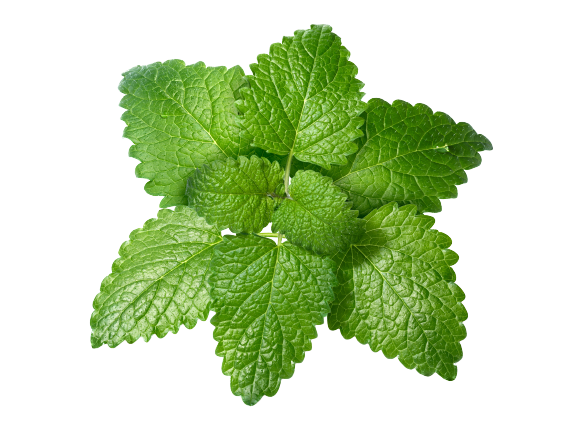
Chemical Structure of Citral
Thus far, we’ve referred to citral as one terpene. However, it consists of a pair or mixture of two terpenoids that are geometric isomers: geranial (a.k.a. citral A) and neral (a.k.a. citral B). In its pure form, citral is a pale yellow liquid.
Moreover, citral is an aldehyde. This means that it has at least one hydrogen attached to a carbon in a carbonyl group.
Is Citral Safe?
Citral is safe to use as long as it’s diluted before use. The terpene itself is very safe. In fact, you likely ingest it regularly in herbs and fruits such as citrus fruits, basil, sage, and thyme.
Still, there’s a small chance of allergies, with 1 to 1.7% of people being allergic to it. Normally, it’s recommended that this terpene is only included in formulations that also have substances that prevent citral allergies.
Citral toxicity is possible, but only if you ingest a pure citral essential oil concentrate — it’s meant to be used to produce other chemicals or to be consumed in much lower concentrations. Pure, concentrated terpenes of any kind can be irritating to the skin, eyes, and mucous membranes. It’s important to dilute terpenes to a concentration of about 5% or less prior to use.
Although it comes with a degree of toxicity, no genotoxicity (damage to genetic information within a cell that can lead to cancer) or carcinogenic (cancer-inducing) effects have been reported.
Regarding citral hazards, it is an irritant when it comes in contact with the skin or eyes but only in its pure, concentrated form.
Is Citral Safe During Pregnancy?
Essential oils containing citral are safe to inhale during pregnancy. However, when it comes to ingestion, there isn’t a consensus in the medical community.
It is safe as long as you’re not allergic and you don’t consume a great amount of it, but the threshold between a non-harmful and harmful dose isn’t known yet — and even if it was known, often, you don’t know the exact amount in each product or food.
Until more conclusive research is available, our advice is to avoid citral during pregnancy.
Can Citral Get You High?
The short answer is: no, citral cannot get you high — in fact, no terpene can.
Cannabis can get you high because it has tetrahydrocannabinol (THC) in its composition — that’s the one compound in it capable of producing psychotropic effects by interacting with the endocannabinoid system.
Terpenes, including citral, not only are unable to produce this effect but also interact with the endocannabinoid system through different mechanisms.
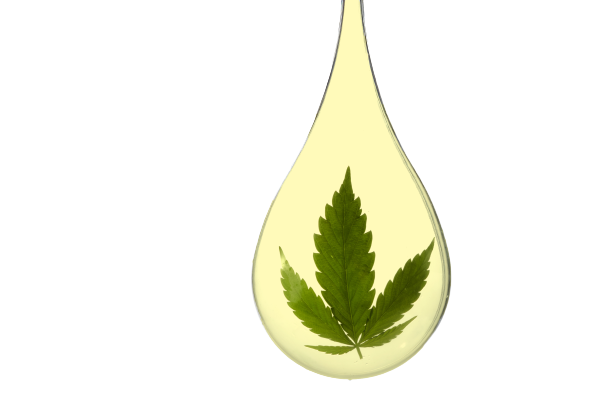
Summary: What Makes Citral Special?
With its pleasant lemony aroma and outstanding properties, citral is a popular compound despite being only a secondary terpene in cannabis.
Cannabis and cannabis-derived products high on citral are perfect for you if you’re looking for antioxidant, antimicrobial, calming, or relaxing properties — and for those who love its lemony aroma and flavor.
References
- Baron, E. P. (2018). Medicinal properties of cannabinoids, terpenes, and flavonoids in cannabis, and benefits in migraine, headache, and pain: an update on current evidence and cannabis science. Headache: The Journal of Head and Face Pain, 58(7), 1139-1186.
- Rabbani, S. I., Devi, K., Khanam, S. A. L. M. A., & Zahra, N. (2006). Citral, a component of lemongrass oil, inhibits the clastogenic effect of nickel chloride in mouse micronucleus test system. Pak J Pharm Sci, 19(2), 108-13.
- Somolinos, M., García, D., Condón, S., Mackey, B., & Pagán, R. (2010). Inactivation of Escherichia coli by citral. Journal of applied microbiology, 108(6), 1928-1939.
- Saddiq, A. A., & Khayyat, S. A. (2010). Chemical and antimicrobial studies of monoterpene: Citral. Pesticide Biochemistry and Physiology, 98(1), 89-93.
- Shi, C., Song, K., Zhang, X., Sun, Y., Sui, Y., Chen, Y., … & Xia, X. (2016). Antimicrobial activity and possible mechanism of action of citral against Cronobacter sakazakii. Plos one, 11(7), e0159006.
- Do Vale, T. G., Furtado, E. C., Santos Jr, J. G., & Viana, G. S. B. (2002). Central effects of citral, myrcene, and limonene, constituents of essential oil chemotypes from Lippia alba (Mill.) NE Brown. Phytomedicine, 9(8), 709-714.
Signup to our newsletter
Be the first to know about our newest arrivals and special offers!
